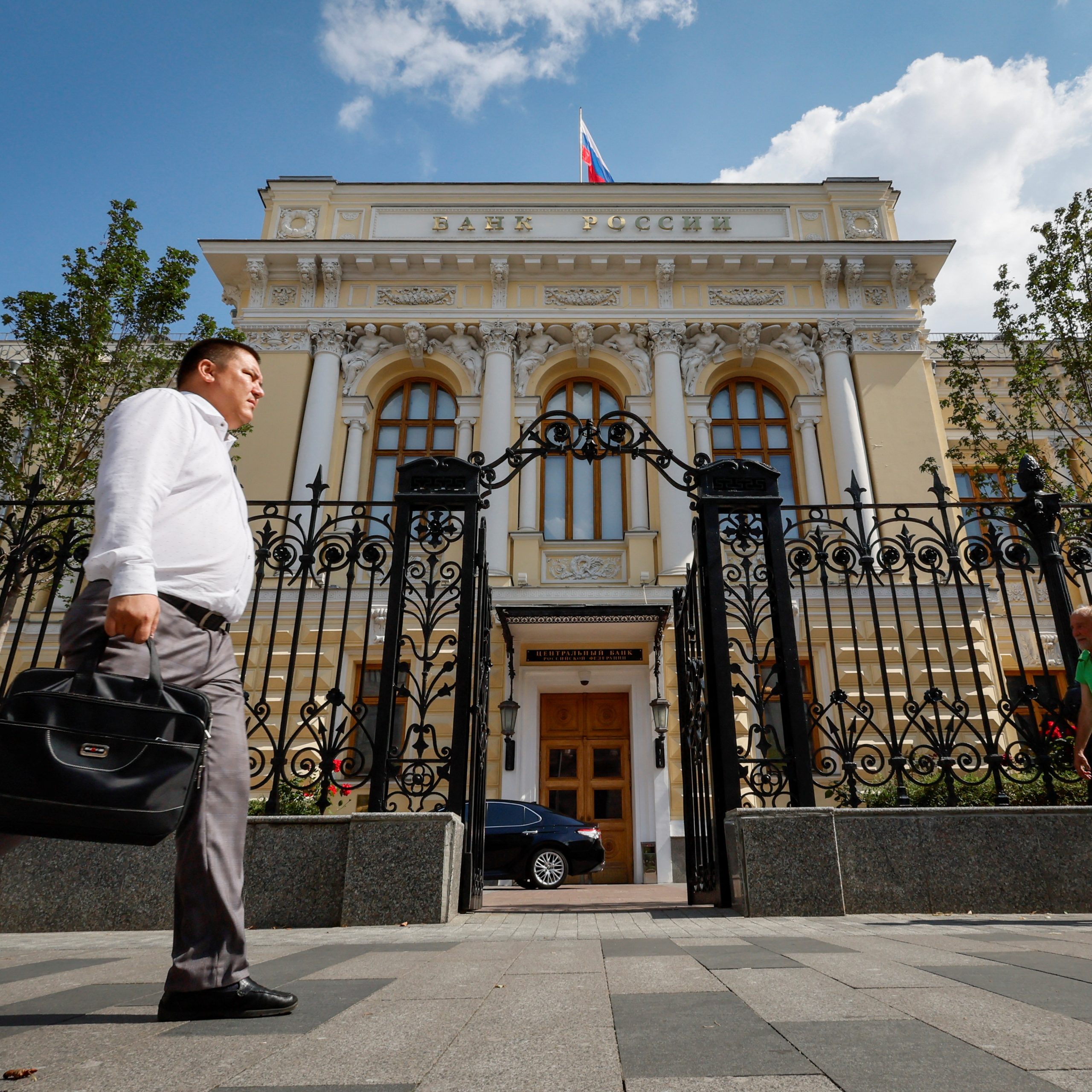2024 marks a pivotal year for global finance, particularly regarding Russia’s central bank reserves. A striking development is the increasing likelihood that the western sanctioning coalition may seize these reserves, initially frozen during the onset of Vladimir Putin’s aggressive campaign in Ukraine. The notion is to redirect these funds to Ukraine, holding Moscow accountable for its inflicted damages. This maneuver, a blend of economic strategy and political will, is a telling sign of the times and reveals much about Russia’s current economic standing.
The reluctance of coalition members to resort to outright confiscation has recently shifted. Reports indicate that U.S. diplomats are actively discussing legal grounds for such actions, suggesting a coordinated move by the G7 on the invasion’s two-year anniversary. This change in stance is propelled by two main factors: the political challenges in the EU and the U.S. to mobilize funds for Ukraine, and the consensus in legal and economic debates regarding asset confiscation.
The Economic and Legal Landscape
The Kyiv-based Centre for Economic Strategy recently published insightful reports on the legal and economic facets of confiscating Russian state assets. This move is seen as a “collective countermeasure” under international law against Russia’s unlawful actions. Legal experts, including Philip Zelikow, have presented a strong case for this course of action. Meanwhile, Simon Hinrichsen in the Financial Times outlines various precedents for valid compensation claims for war damages and asset confiscation.
There is a growing consensus that politics is tilting towards confiscation. However, there remains a concerning lack of transparency from governments about the size, composition, and location of the Central Bank of Russia’s reserves. The reluctance to disclose this information is puzzling and troubling. Public sources offer some insights, including the CBR’s annual report and limited data from western governments and Euroclear, the Belgian securities depository. The alignment of these sources adds credibility to the available data.
Russia’s Economic Resilience and Challenges
Senator John McCain’s characterization of Russia in 2014 as a “gas station masquerading as a country” still echoes today, a sentiment recently criticized by Russia’s Foreign Ministry. This view oversimplifies the economy, which, despite sanctions, has shown a surprising level of resilience and adaptability. The military’s spending, stable at around 6% of GDP, belies the assumption of a war-driven economy.
In contrast to the USSR’s collapse, Russian private companies have adeptly navigated sanctions, forging new sales channels and supply chains. This adaptability challenges the narrative of a rigid, state-run economy. Russian authorities anticipate GDP growth of around 3.2% this year, though the Russian rating agency AKRA forecasts a more modest growth, citing labor shortages and inflation as key challenges.
2022 was a financially advantageous year for Russia, aided by international price shocks in gas and oil due to the invasion. The ruble’s devaluation has been a double-edged sword for the Kremlin, benefiting its military budget but increasing domestic pressure due to import reliance. Experts predict that maintaining the current exchange rate is crucial for avoiding severe inflation, a significant concern for the Kremlin.
The Russian government’s control over the central bank has led to policies like high interest rates and unconventional lending practices. Sanctions have had mixed effects, with some, like those on the airline industry, being more effective than others. The overall resilience of the country’s economy to sanctions has been a point of debate, with some experts advocating a shift in focus towards financial and military support for Ukraine.
Point is, the situation surrounding Russia’s central bank reserves and the country’s economic response to sanctions reveal a complex and multifaceted economic landscape. The economy has demonstrated a surprising degree of flexibility and resilience, challenging earlier perceptions and strategies. As the global community continues to grapple with the repercussions of the conflict in Ukraine, the actions and responses of Russia’s central bank provide critical insights into the country’s economic capabilities and challenges.





